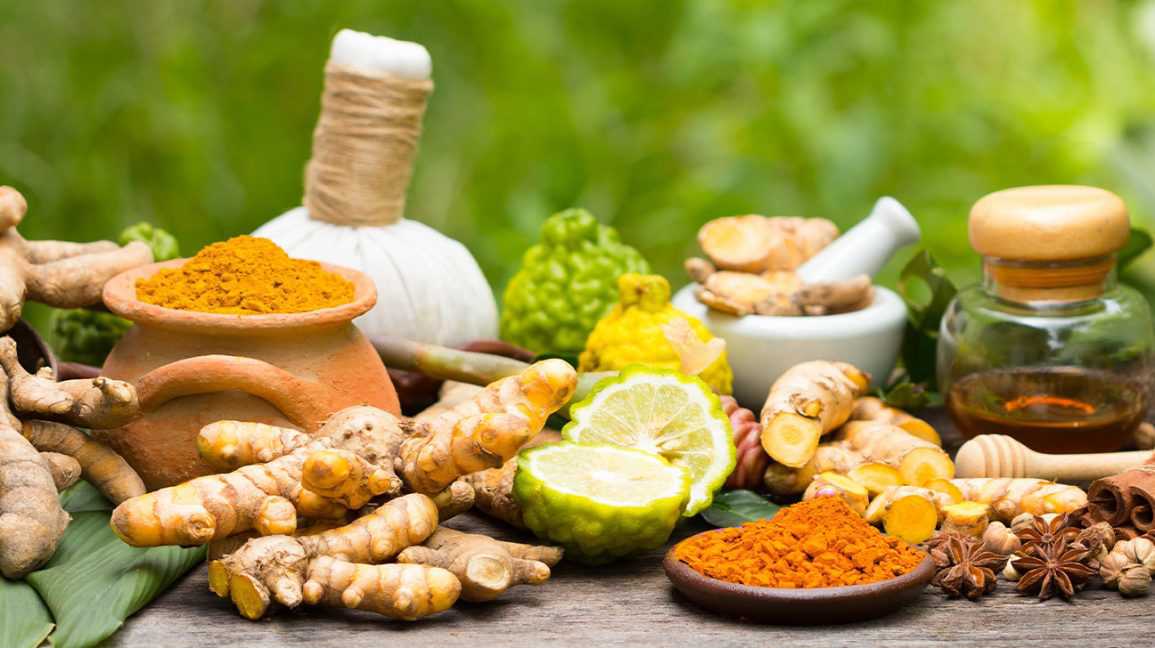Wellhealthorganic.com:eat your peels: unlocking the nutritional benefits
In our quest for optimal health, we often focus on the edible parts of fruits and vegetables, discarding what we perceive as inedible—like peels, skins, and rinds. However, these overlooked parts are often powerhouses of nutrients, fiber, and antioxidants. Embracing the philosophy of “waste not, want not,” let’s delve into the nutritional benefits of eating peels and why incorporating them into your diet could be a game-changer for your health.
Nutritional Powerhouses:
Peels are often rich in vitamins, minerals, and other essential nutrients that contribute to overall health. For instance, citrus peels like those of oranges, lemons, and limes are loaded with vitamin C, a potent antioxidant known for its immune-boosting properties. Additionally, they contain flavonoids, which have anti-inflammatory and heart-protective effects.
Similarly, apple peels are packed with dietary fiber, particularly pectin, which aids digestion and helps regulate blood sugar levels. Plus, they contain antioxidants like quercetin, which may reduce the risk of chronic diseases such as heart disease and cancer.
Even the skins of vegetables like potatoes and cucumbers offer nutritional benefits. Potato skins are a good source of potassium, vitamin C, and B vitamins, while cucumber skins contain silica, a compound that supports healthy skin and connective tissues.
Fiber-Rich Goodness:
One of the most significant advantages of consuming peels is their high fiber content. Dietary fiber is crucial for maintaining digestive health, promoting regular bowel movements, and preventing constipation. Moreover, it helps control blood sugar levels, reduces cholesterol levels, and supports weight management by promoting feelings of fullness.
By incorporating peels into your diet, you can boost your fiber intake without much effort. Whether it’s leaving the skin on your baked potatoes, blending whole fruits into smoothies, or incorporating grated citrus zest into recipes, there are numerous ways to enjoy the nutritional benefits of peels.
Antioxidant Protection:
Antioxidants play a crucial role in protecting the body against oxidative stress and chronic inflammation, which are underlying factors in various diseases, including cancer, diabetes, and cardiovascular disorders. Peels are rich in antioxidants, including flavonoids, phenolic compounds, and carotenoids, which help neutralize harmful free radicals and reduce the risk of cellular damage.
Studies have shown that consuming the peels of fruits and vegetables can enhance antioxidant intake and provide greater protection against oxidative damage compared to eating only the flesh. By incorporating a variety of peels into your diet, you can bolster your antioxidant defenses and promote long-term health and well-being.
Tips for Incorporating Peels into Your Diet:
- Wash fruits and vegetables thoroughly to remove any dirt, pesticides, or contaminants before consuming the peels.
- Choose organic produce whenever possible to minimize exposure to harmful chemicals.
- Experiment with different cooking methods, such as roasting, baking, or grilling, to enhance the flavor and texture of peels.
- Be creative in the kitchen by adding grated citrus zest to salads, marinades, or baked goods, or using vegetable peels in soups, stews, and stir-fries.
- Consider preserving peels by drying or freezing them for later use in teas, infusions, or homemade seasoning blends.
Creative Ways to Incorporate Peels into Your Diet
Now that we understand the nutritional value of peels, the next step is finding delicious ways to include them in our meals. Here are some creative ideas to get you started:
1. Citrus Zest: Instead of discarding citrus peels, zest them and sprinkle the flavorful zest over salads, soups, fish, or desserts for a burst of citrusy goodness.
2. Roasted Vegetable Skins: When roasting vegetables like potatoes, carrots, or beets, leave the skins on for added texture and nutrition. Simply scrub the skins thoroughly before cooking to remove any dirt or residue.
3. Smoothie Boosters: Add fruit peels, such as apple or pear skins, to your smoothies for an extra nutritional boost. Just be sure to use organic produce and wash the peels thoroughly to remove any pesticides or wax coatings.
4. Homemade Chips: Slice potato, sweet potato, or apple peels into thin strips, toss them with olive oil and seasonings, then bake them in the oven until crispy for a healthy and flavorful snack.
5. Pickled Peels: Experiment with pickling fruit and vegetable peels, such as watermelon rinds or cucumber skins, to create tangy and versatile condiments that can elevate sandwiches, salads, or cheese platters.
Conclusion:
In conclusion, don’t underestimate the nutritional value of peels—they are nature’s gift packed with vitamins, minerals, fiber, and antioxidants. By embracing the concept of whole-food nutrition and incorporating peels into your diet, you can optimize your health, reduce food waste, and enjoy a more diverse and flavorful culinary experience. So, the next time you reach for an apple or slice a lemon, remember to eat your peels and reap the countless benefits they have to offer.

